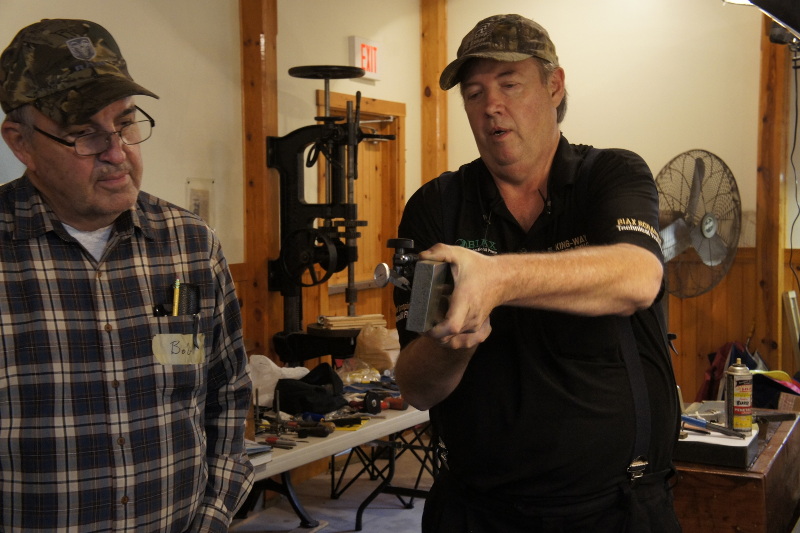Test bars are nice if you have one and it's straight over its length. But they are not always perfect, expensive, and, once used, seldom needed if ever. A 1/4 dia test bar 12" long sags 0.00035" at the end; a significant fraction of the traditional tolerance. Personally, I advocate the "two collar method" which has been cussed and discussed extensively on this forum.
If you happen to have a straight smooth diameter material accurately centered you an mount it between centers and scan its length to determine quill axis alignment in a vertical plane and tailstock offset in the horizontal.
Alternatively, turn a short piece of remnant material to the precise diameter of the tail stock quill. Extend the quill a few inches. Mount an indicator on the tool post and scan both diameters from a single setting. If the lathe has any wear, chances are the quill will register low but the lateral (taper adjustment may be set to any accuracy you may require.
Tramming the quill diameter with an indicator mounted on the spindle may lead to error because of deflection. A DTI mounted 5" from mag base or a clamp sags 0.005 to 0.015 depending on the number and size ot rods and snugs employed. Proceed with caution
Remember every thing is made of rubber and horizontal rotating axes pose particular problems in establishing accurate alignments.





